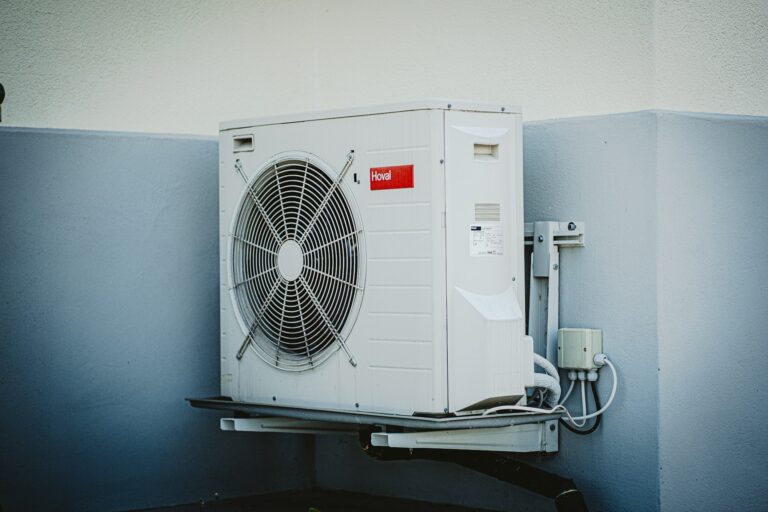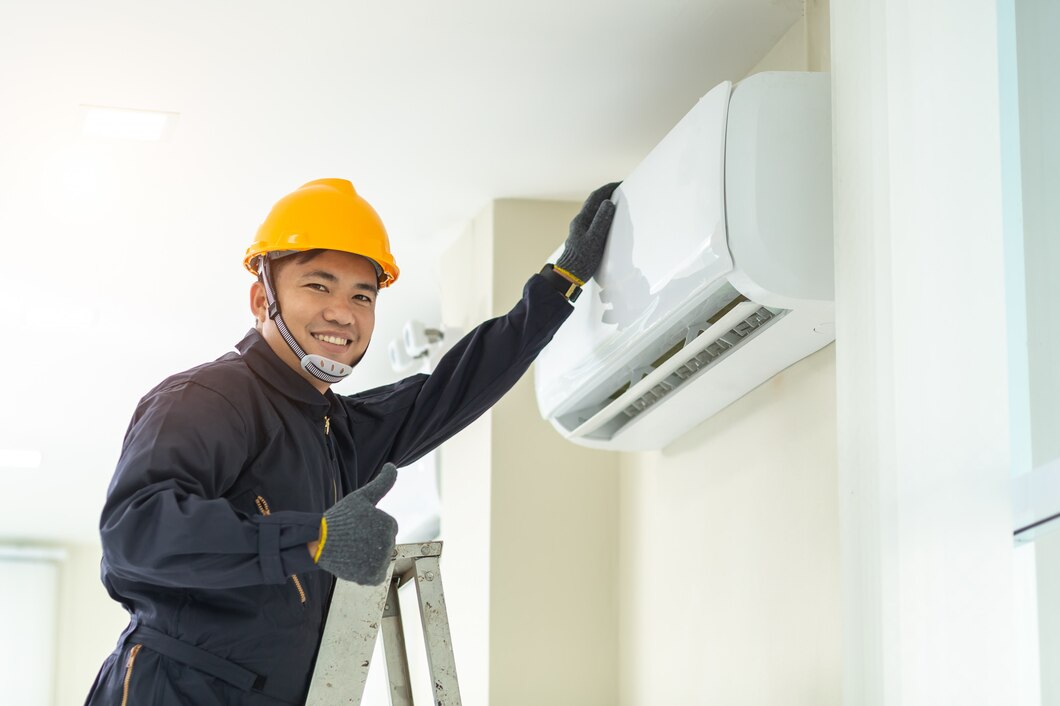As the golden rays of the California sun brighten your day, having a cool and comfortable home environment becomes a priority. Central air conditioning is more than just a luxury in this climate; it’s a vital necessity for many. However, the process of installing a central AC system can seem daunting. Knowing what to consider beforehand, how to choose the right system, and how to care for it after installation are crucial steps each homeowner should be familiar with.
At Power Pro Plumbing Heating & Air, we aim to simplify this process. With our extensive experience in HVAC services, we have gathered the knowledge to guide you through each phase, ensuring you make informed decisions that suit your needs and budget. From assessing your home’s specific requirements to understanding the various types of systems available, our aim is to help you navigate the intricacies of AC installation.
We believe in empowering our clients by providing them with all the necessary information to make their homes comfortable year-round. Let’s explore the essential steps and considerations that will help you achieve an efficient central AC setup tailored to the sunny and diverse climate of California. With the right planning and professional advice, you can enjoy a seamless installation experience and long-lasting comfort.
Key Considerations Before Installing Central AC in California
When considering central AC installation in California, homeowners must first assess several critical factors to ensure optimal performance and efficiency. California’s diverse climates—from the cool, misty coasts to the scorching inland valleys—demand careful consideration of your specific local weather conditions. An essential first step is assessing your home’s insulation and existing ventilation system, as these will significantly impact the efficiency and effectiveness of any central AC system. Proper insulation reduces the workload on the AC unit by keeping cool air in and hot air out, thereby saving energy and reducing utility bills.
Another crucial consideration is the size and layout of your home. Homes with multiple levels or expansive floor plans might need more powerful systems or additional units to maintain consistent temperatures throughout. Prioritize an energy audit by our professionals to determine the specific needs of your home. This audit will help identify any areas that need improvement before installing a new system, ensuring that your AC unit operates as efficiently as possible. Furthermore, homeowners should consider potential zoning regulations and ensure their chosen system complies with local energy efficiency requirements, which can vary widely across the state.
Choosing the Right Central AC System for Your Home
Selecting the right central AC system involves more than simply picking the most powerful model. Our technicians can help you navigate the wide array of available options to find a system that not only fits the specific needs of your home but also aligns with your energy efficiency goals and budget. One of the first decisions is choosing between a split system, which is composed of an outdoor unit and one or more indoor units, and a packaged system, which combines all components in a single outdoor unit. Each type has its advantages, depending on your home’s construction and the space available for installation.
The efficiency rating of the AC system is also paramount. Systems rated with a higher Seasonal Energy Efficiency Ratio (SEER) are typically more energy-efficient, which can lead to lower electricity bills in the long run. However, these units often come with a higher initial cost. Balance the upfront expense against potential energy savings over the life of the unit. Moreover, features such as programmable thermostats or WiFi-enabled controls should be considered, which can provide enhanced convenience and further optimize energy usage. Our technicians take pride in helping our clients understand these factors, ensuring you make an informed decision that meets your cooling needs effectively and efficiently.
Step-by-Step Guide to Central AC Installation
When you decide to upgrade your California home with a new central AC system, knowing the installation process can provide peace of mind and help ensure everything goes smoothly. The installation involves several critical steps, each requiring precision and expertise. Initially, we will conduct a detailed evaluation of your home to understand better the specific heating and cooling requirements and the physical layout. This evaluation helps us determine the right size and type of system that fits perfectly with your home’s characteristics.
Once the planning is complete, our technicians will initiate the installation by setting up the condenser unit outside your house. This unit is crucial as it houses the compressor, condenser coils, and the fan. The next step involves installing the evaporator coil, which is often placed in an interior space such as an attic or a dedicated utility closet. After these components are positioned, we connect them through refrigerant piping. Our professionals ensure that the placement minimizes noise and maximizes efficiency while adhering to all safety and building codes.
The final steps include setting up the ductwork system, if not already in place, and installing the thermostat, through which you will control the AC system’s settings. We carefully check all connections and conduits for leaks and ensure every component functions seamlessly. Once everything is installed and tested, we guide you through the system’s operations, providing practical tips on getting the best performance from your new AC system.
Maintenance Tips After Installing Your Central AC
Proper maintenance is essential to extending the life of your central AC system and ensuring it remains efficient. Regular maintenance includes routine inspections and cleanings that can help prevent major issues. One of the simplest but most important tasks is to change or clean the air filters regularly. Dirty filters restrict air flow, reduce efficiency, and strain the system. We recommend checking filters at least every three months and replacing them if needed.
Seasonal check-ups are also vital and should be performed ideally before the start of peak summer season. During these inspections, our technicians check refrigerant levels, test system controls, and ensure the thermostat is accurately calibrated. Additionally, checking the condensate drain for clogs is essential to prevent moisture buildup, which could lead to mold or water damage inside your home.
Lastly, the outdoor unit requires attention to keep it running optimally. Removing debris such as leaves, dirt, and branches from around the condenser helps to maintain proper airflow and cooling efficiency. Homeowners should also ensure that the area around the unit is clear of any vegetation or structures that can obstruct air circulation.
Conclusion
Keeping your home cool and comfortable during the warmer months should not be daunting. With the right central AC system installed and maintained correctly, you can enjoy a fresh, cool environment regardless of the heat outside. At Power Pro Plumbing Heating & Air, we are committed to providing professional, reliable service throughout every phase of your AC installation in Irvine, CA. Our team is equipped with the knowledge and tools to ensure your AC system operates efficiently, offering you peace of mind and convenience throughout its lifespan.
If you’re considering an AC upgrade or need maintenance on your current system, do not hesitate to reach out to us today. Let us help you keep your home cool and comfortable all year round by ensuring your AC system is at its best.











